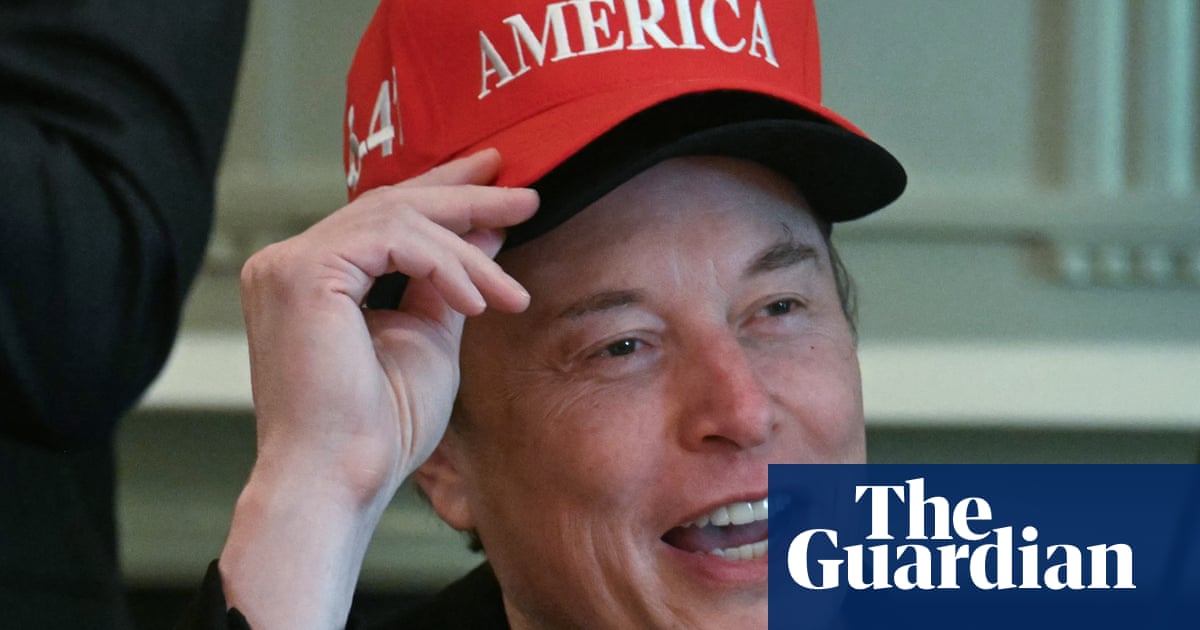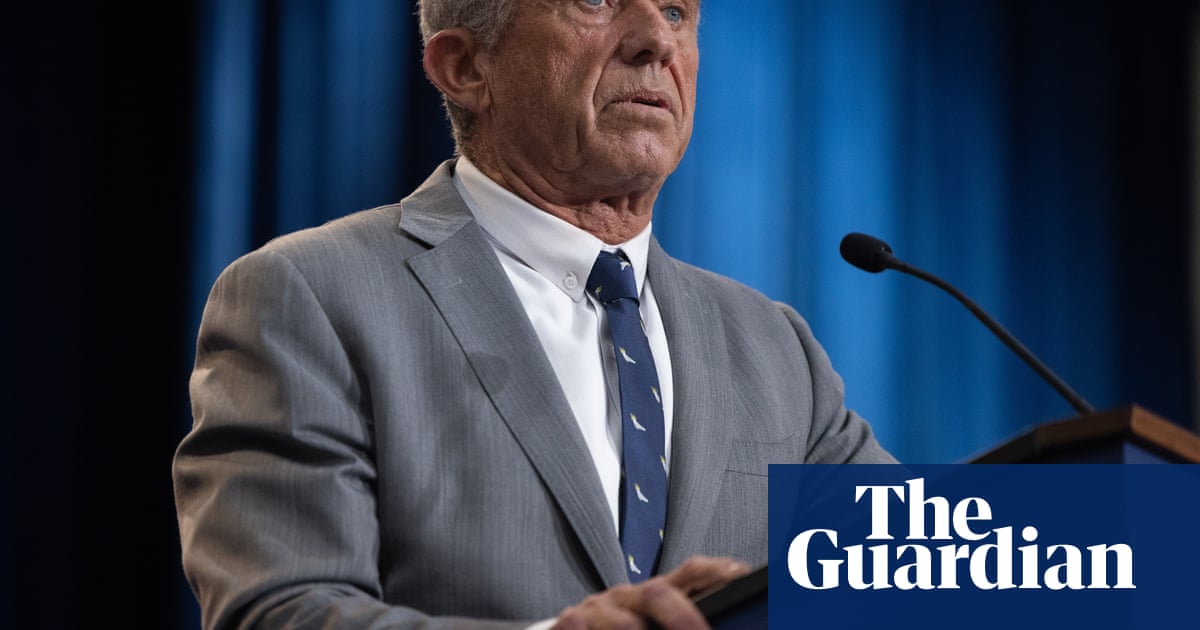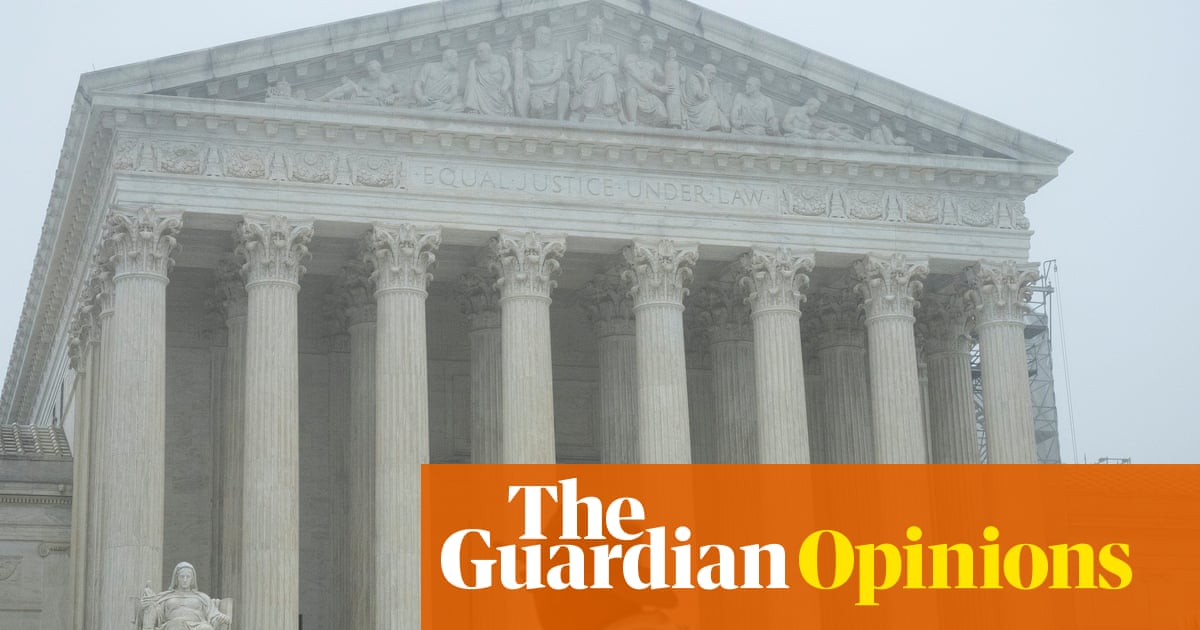The Trump administration is seeking to strip collective bargaining rights from large swaths of federal employees in a test case union leaders argue is part of a broader attack on US labor unions that could land before the US Supreme Court.
A Trump win would deliver a severe blow to labor unions in the US. Some 29.9% of all federal workers were represented by labor unions in 2024 compared to 11.1% for all US workers.
On 27 March, Donald Trump issued an executive order, citing national security, to exempt collective bargaining at several federal departments for more than 1 million workers.
The order was made in tandem with lawsuits filed by the Trump administration against federal unions, including against affiliates of the American Federation of Government Employees (AFGE) in a Texas court where only one judge, a conservative, presides over the court, and the National Treasury Employees Union chapter 73 in a Kentucky court.
Last week, unions filed motions to dismiss the lawsuits, and have filed their own lawsuits against Trump’s executive order. Bipartisan legislation has also been introduced in the House to restore collective bargaining rights for targeted federal workers.
Rushab Sanghvi, AFGE general counsel, expects a decision in their lawsuit against the administration next month. But he expects the four cases are likely to end up in the supreme court.
Sanghvi sees the administration’s legal action as part of a broader, authoritarian efforts against labor unions, law firms, universities and other opposition to the Trump administration. Authoritarian governments, historically, have prioritized eliminating labor unions in consolidating power, he said.
“The stakes for the labor movement are extremely broad,” said Sanghvi. The administration is attempting to get rid of collective bargaining in the federal sector “for anyone they think will oppose them”, he said.
“That’s huge for our members but it’s also huge for the labor movement as a whole because they’re not going to stop here. They are going to go further and this is just a test. If they win here, they are just going to keep going and going until they get rid of all unions.”
AFGE national president, Everett Kelley, called the executive order retaliatory. “AFGE is not going to be intimidated by a bully who is throwing a temper tantrum because our union is beating them in the court of law and in the court of public opinion,” Kelley said.
President of the AFL-CIO, the largest federation of labor unions in the US, Liz Shuler, said Trump’s executive order “breaks federal law with an alarming and dangerous escalation of attacks on our most fundamental freedoms” and claimed it is a direct attack on every union, every union contract, and the right to collective bargaining in the US.
“This executive order is the very definition of union-busting,” Shuler said.
AFGE and other federal employee unions filed a lawsuit in California alleging the order is retaliation for unions speaking out against the administration’s actions.
On 21 April, AFGE affiliates filed a motion to dismiss the Trump administration lawsuit in Texas, noting the lawsuit was filed before Trump’s executive order was even made public.
“The government drafted an executive order and, before the subjects of that order even knew what it said, sued them, doing so before any actual controversy could have possibly existed,” the motion to dismiss stated.
NTEU chapter 73 has also filed a motion to dismiss the lawsuit filed against them by the Trump Administration in Kentucky on 21 April.
The union has argued Trump’s executive order has nothing to do with national security, but rather is based on “a desire to make federal employees easier to fire and to weaken federal sector unions”.
In the lawsuit over the order filed by NTEU against the Trump administration in Washington DC, a federal judge Paul Friedman granted a preliminary injunction blocking the executive order on 25 April and gave attorneys until 2 May to provide a proposal for how the case should proceed.
Suzanne Summerlin, a labor attorney in Washington DC, criticized the lawsuits by the Trump administration, noting the lawsuit in Kentucky was no’t properly filed, served to the wrong party and demanding rulings “before any real legal defense can be mounted”, accusing the attempt and judge’s actions in the case as a “breakdown” of basic legal norms.
“They are a full-scale assault on the rights of federal workers,” said Summerlin. “Through a sweeping executive order, the Trump Administration is attempting to strip collective bargaining rights from entire agencies, declaring that large swaths of the federal workforce are, now, for the first time, after decades of union representation, somehow too ‘sensitive’ for union representation, with no individualized analysis and no due process.”
She added the lawsuits “are part of a broader strategy” to silence federal workers, dismantle their unions, and remove their legal protections, and noted the lawsuits filed by the Trump administration, in Texas and Kentucky, are likely filed in these locations to find a favorable judge to their lawsuits.
In the Kentucky lawsuit filed against National Treasury Employees Union chapter 73 rather than the national union in Washington DC, she noted the lawsuit was no’t properly served to the union, and a continuance request was denied by the judge.
“Legal observers should be raising serious concerns about judicial ethics, forum manipulation, and due process violations,” she said. “If this tactic succeeds, any organization, not just unions, could be sued in an unfriendly venue, not served, and still be expected to argue for its rights on the merits.”
White House deputy press secretary Anna Kelly did not comment on the motions to dismiss the lawsuits. In an email following the executive order, the White House said: “The administration filed a lawsuit to preserve its legal rights against unlawful attempts to curtail the President’s authority. Employees in certain agencies that deal with national security, intelligence, counterintelligence, or investigative functions may not unionize to slow or halt the President’s agenda.”

 German (DE)
German (DE)  English (US)
English (US)  Spanish (ES)
Spanish (ES)  French (FR)
French (FR)  Hindi (IN)
Hindi (IN)  Italian (IT)
Italian (IT)  Russian (RU)
Russian (RU)  3 weeks ago
3 weeks ago























Comments